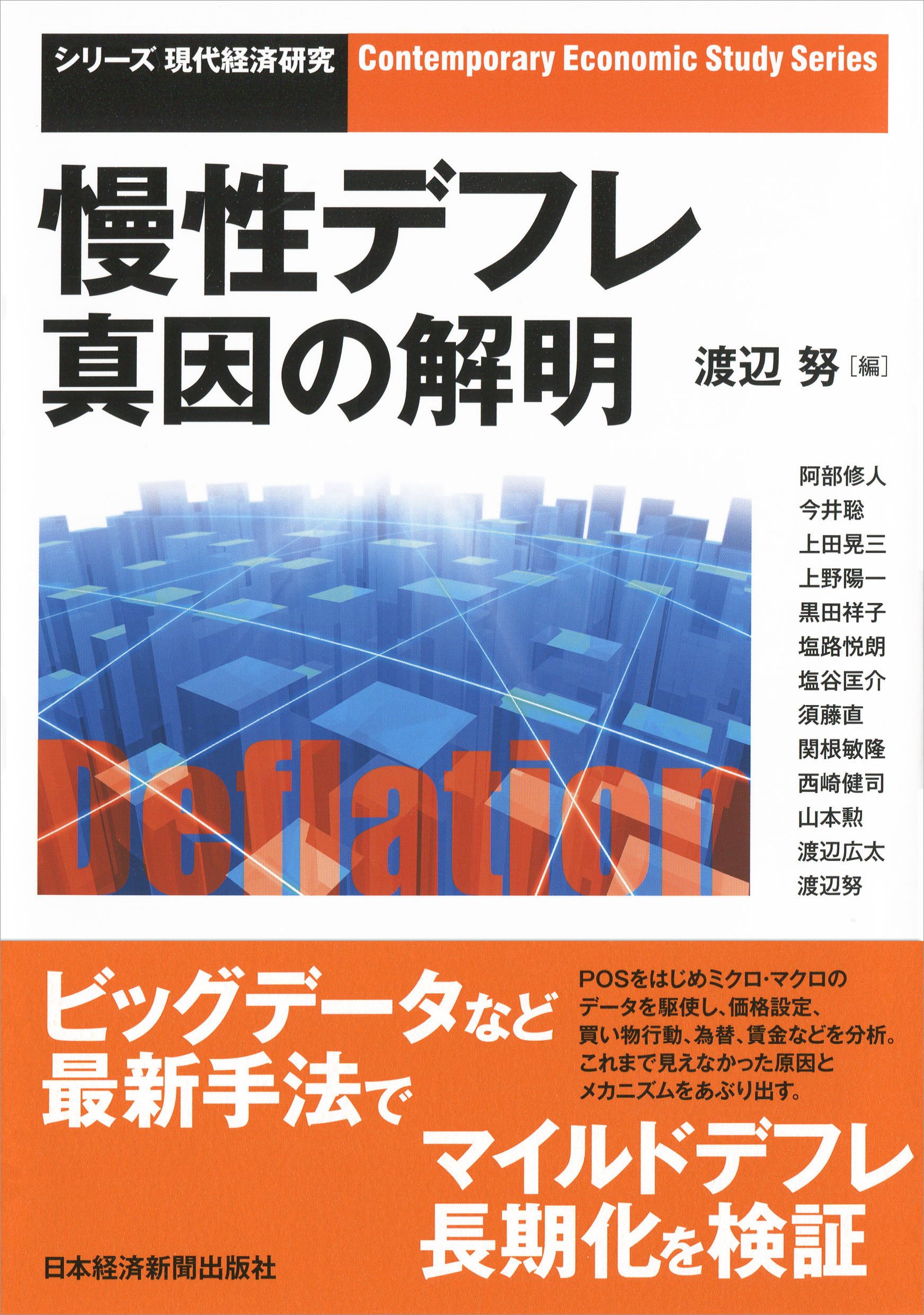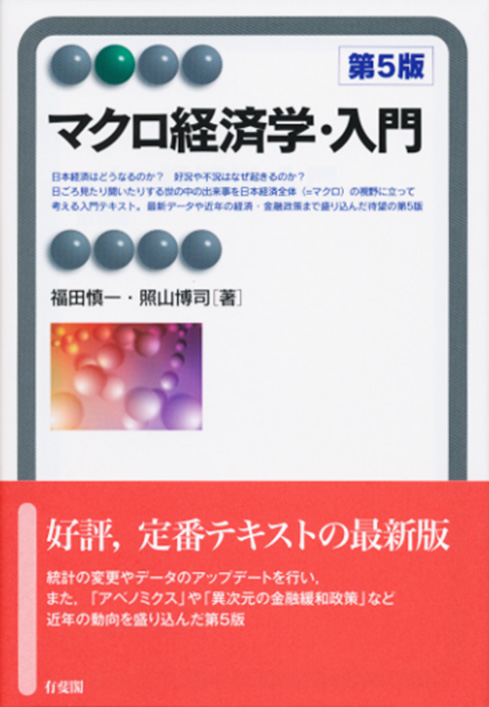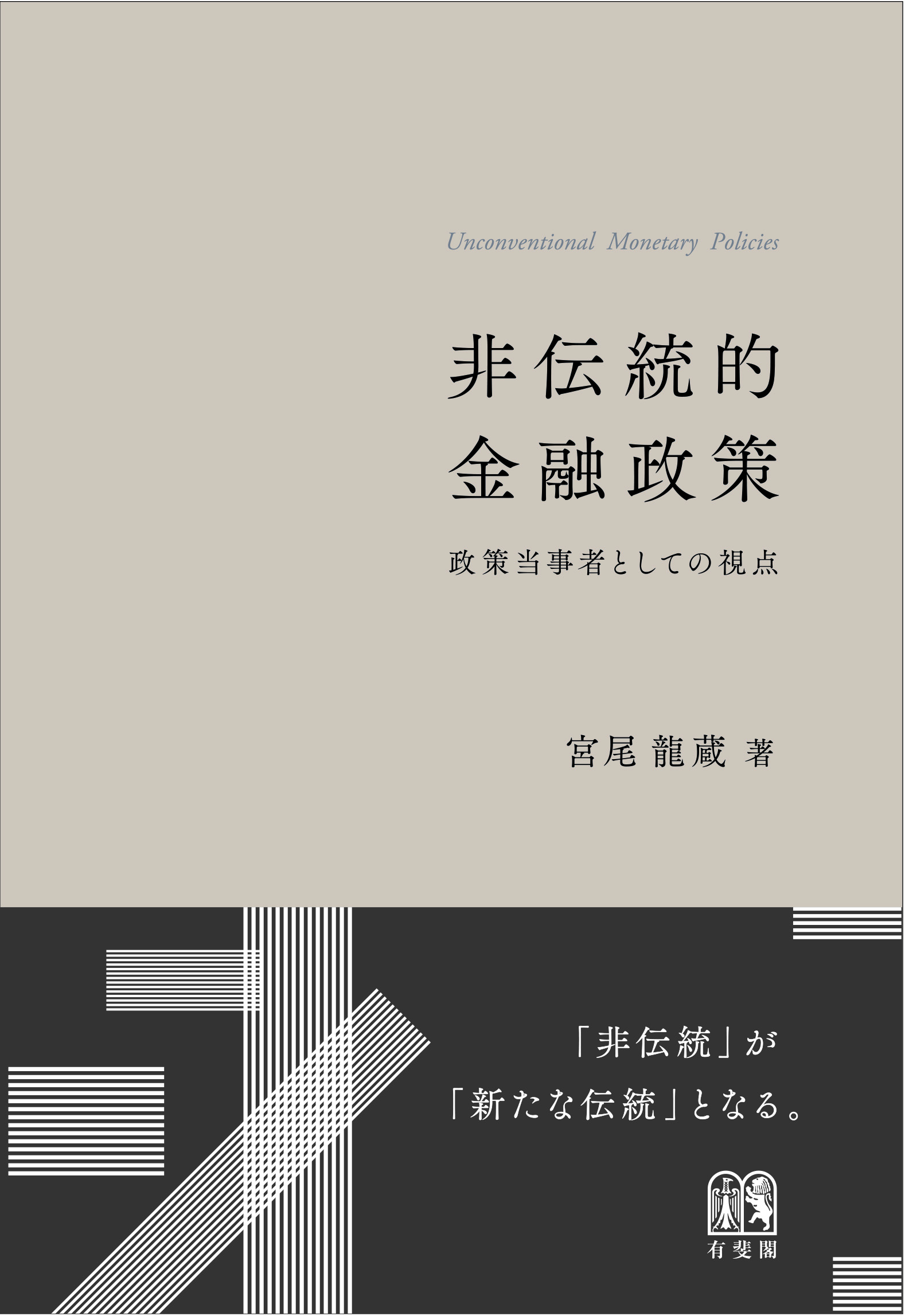
Title
Contemporary Economic Study Series: Mansei defure: shin’in no kaimei (Chronic Deflation: Explaining the True Reasons)
Size
240 pages, A5 format, softcover
Language
Japanese
Released
September 07, 2016
ISBN
978-4-532-13466-2
Published by
Nikkei Publishing Inc.
Book Info
See Book Availability at Library
Japanese Page
The second Abe administration came into power toward the end of 2012 and launched the groundbreaking “three arrows” economic policy of bold monetary easing, flexible fiscal stimulus, and a growth strategy encouraging private investment. The government and the Bank of Japan announced their agreement in a 2013 accord regarding the financial policy that formed the starting point of Abe’s policy in early 2013. Quantitative and qualitative monetary easing began in April 2014 with the aim to achieve a price stability target of “2% per year,” and in January 2016 the “negative interest-rate policy” was embarked upon. “Yield curve control” was introduced in September 2016. The question of course arose whether the Japanese economy would at long last manage to pull out of the deflation that had afflicted it for so long. The resulting trends have garnered attention not just in Japan but from around the world. However, although consumer prices are showing a sustained rise, the future is still by no means easy. The prospect of achieving the desired consumer price targets seems unattainable. Looking back, since the mid-1990s, the Japanese economy has been directly confronted with deflation and zero-percent interest. Over this period, people have become convinced that prices will continue to fall in the future, capital has failed to make returns, and the will to invest had atrophied. This is the phenomenon also known as chronic deflation. What is the origin of chronic deflation? How have businesses set prices, and how has such a persistent deflationary attitude been formed in consumers’ minds? This book aims to answer these questions. To explain the mechanism, the special features of chronic deflation are first delineated, and then the behavior of businesses and households is analyzed using both macroeconomic and microeconomic data. While the declining inflationary trend started in Japan in the second half of the 1990s, the same phenomenon subsequently appeared in the United States and Europe, troubling the central banks of the developed countries. The insights to be gleaned from this volume are of value not only in analyzing the situation in Japan but also are significant in the global perspective.
(Written by Tsutomu Watanabe, Professor, Graduate School of Economics / 2017)



 Find a book
Find a book



